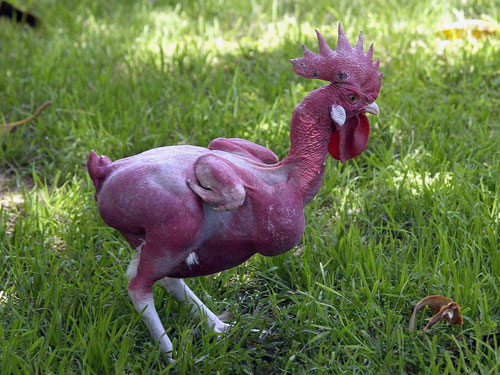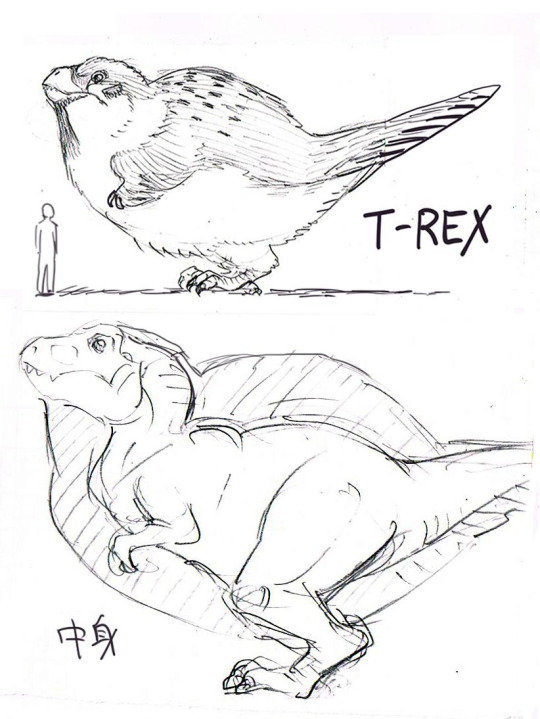FO-totality
Poet Centuriate
Now before you get into a PopSci huff about how "IN MY DAY DINOSAURS DIDN'T HAVE FEATHER BAHUMBUG", this is specifically a sample of a dinosaur of the avialae, a clade of flying dinosaurs. But still, yes, your childhood is still dead. 
http://www.theverge.com/2016/6/29/12057434/avian-dinosaur-wings-discovered-in-amber
http://www.nature.com/ncomms/2016/160628/ncomms12089/full/ncomms12089.html (full reserach article)

preserve in amber if prehistoric
Near-perfect wings from dinosaur times discovered in amber
Prehistoric avialan feathers worked a lot like modern birds
A pair of wings found encased in amber suggest that the plumage of modern birds has remained almost unchanged from some of their dinosaur-era ancestors, according to scientists. In a new study published in the Nature Communications journal this week, researchers say that the wings have very similar structures, coloring, and feather layouts as the wings of modern birds, despite the fact they likely belonged to 100-million-year-old avialans called enantiornithes.
X-ray scans indicate that the fossilized wings — found in northern Myanmar — likely belonged to juvenile creatures, and contain skin, muscle, and claws, as well as various layers of feathers, arranged in a markedly similar fashion to those of birds. That's not the only similarity: the feathers appear uniformly black inside the amber, actually show up in shades of brown, silver, and white under the microscope.
The smaller of the two samples has been nicknamed "Angel," a nod to the fact it was originally destined to be included in a jewelry piece called "Angel's Wings," before the scientists behind the study procured it from a Myanmar amber market. Burmese amber from the country is famous for containing mummified plant and animal life, with as much as 30 percent featuring "phenomenal biodiversity," according to David Grimaldi at the American Museum of Natural History. But much of that amber comes from unregulated mines in the north of the country, with some of the richest areas for discovery controlled by the separatist Kachin Independence Army, a force in regular conflict with the Myanmar government.
While paleontologists now generally agree that at least some dinosaur species did indeed sport feathers, so far they've had base their work on limited samples. Ryan McKellar, co-author of the study, told National Geographic that "the biggest problem we face with feathers in amber is that we usually get small fragments or isolated feathers, and we're never quite sure who produced [them]." The new samples, on the other hand, feature bone, feathers, and soft tissue, allowing paleontologists to see just how similar prehistoric bird wings were to modern examples. "We don't get something like this," McKellar said. "It's mind-blowingly cool."
http://www.theverge.com/2016/6/29/12057434/avian-dinosaur-wings-discovered-in-amber
http://www.nature.com/ncomms/2016/160628/ncomms12089/full/ncomms12089.html (full reserach article)

preserve in amber if prehistoric












